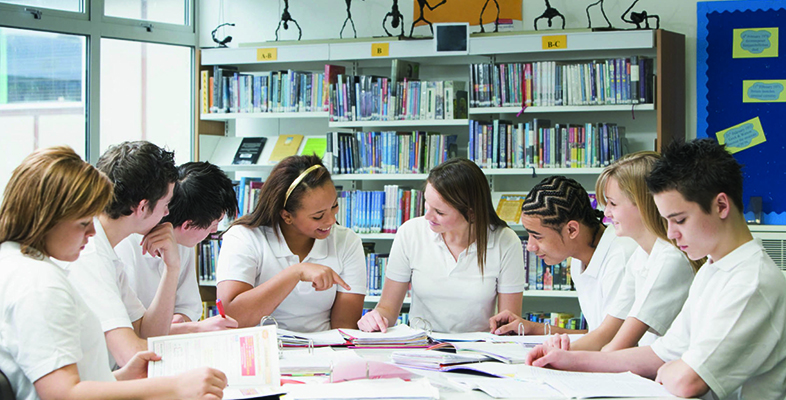2.1 What should MFL teachers assess?
You have already considered how there are multiple things that need to be assessed in the MFL classroom – the four skills, cultural understanding, willingness to participate, willingness to take risks, and so on. Any assessment methods to monitor progress should be clearly linked to the teaching and learning that has taken place. Atkinson and Lazarus (2002) state:
The greater the harmony between teaching methods and assessment methods, the more likely they suggest that the greater the harmony between the two, the more likely that the outcomes of each will correspond; for example, the more likely it is that assessment results will give an accurate picture of what has been learned and the more likely also that these learning outcomes will correspond with the original objectives.
In considering what should be assessed, Atkinson and Lazarus (2002) identify two broad categories: fluency and accuracy.
Fluency consists of the following:
- achieving a task
- conveying a message
- making meaning
- being creative
- effective communication.
Accuracy includes:
- pronunciation
- accent
- grammar
- spelling.
Activity 2
Reflect on how these criteria are assessed in a school context that you know about and how they relate to the four language skills of listening, speaking, reading and writing. Is there a greater emphasis on some of these criteria than others? Why do you think this is? Make a note of your thoughts.
